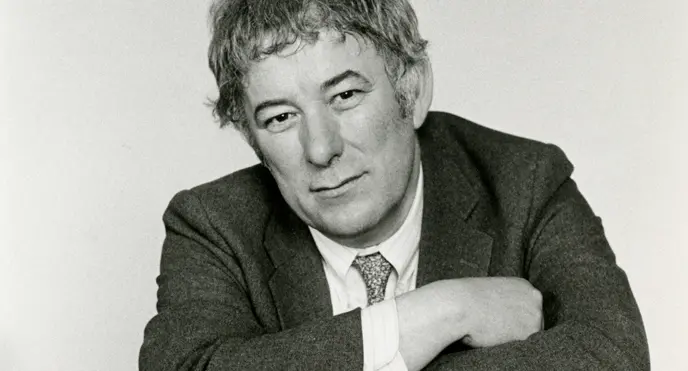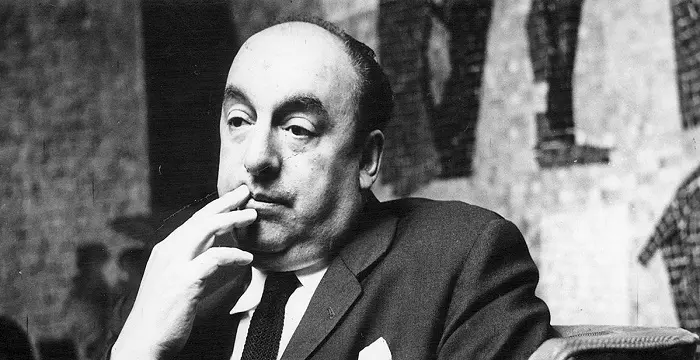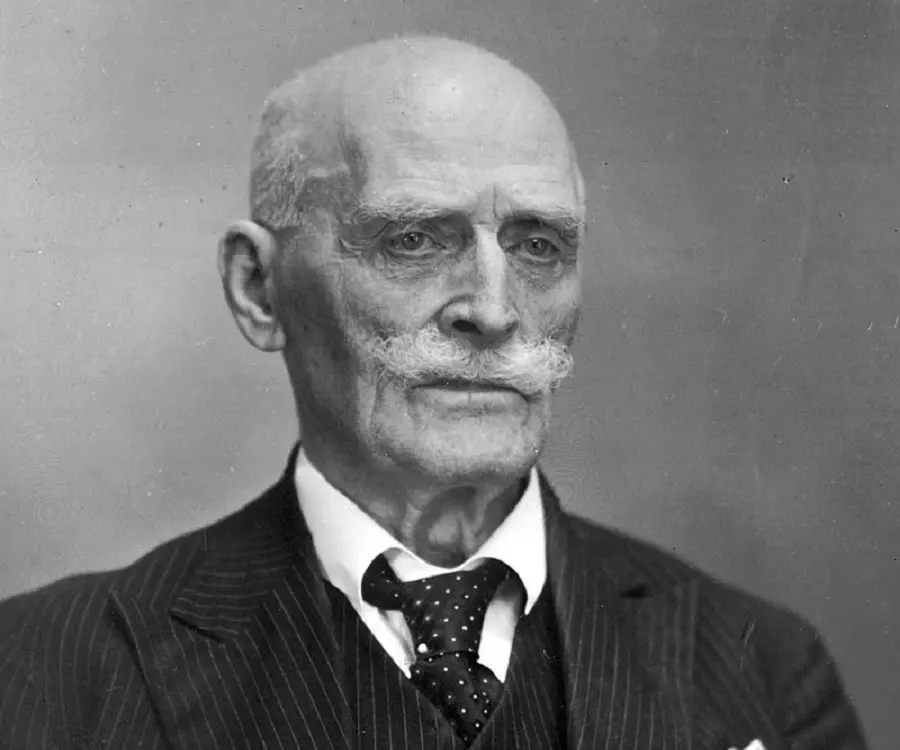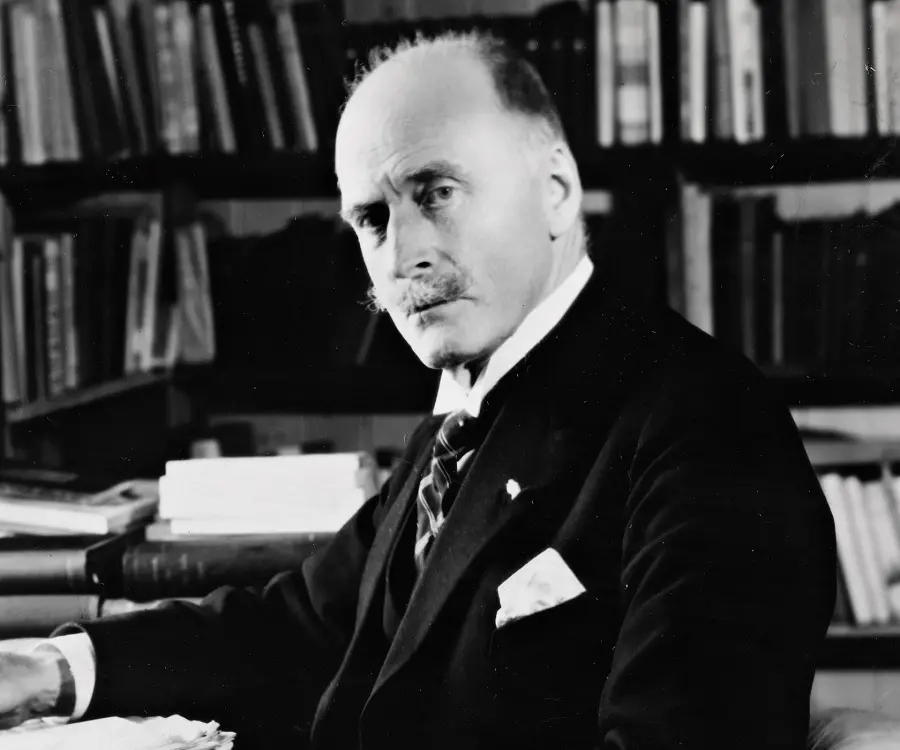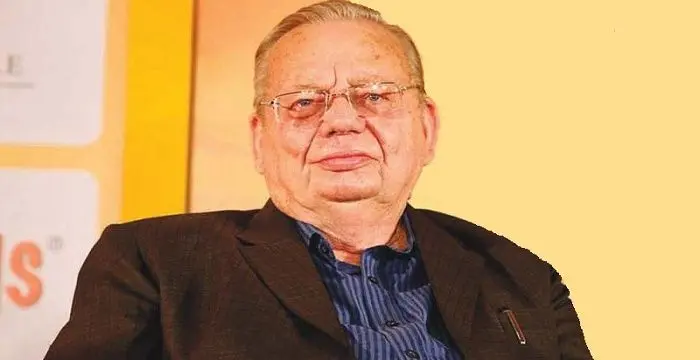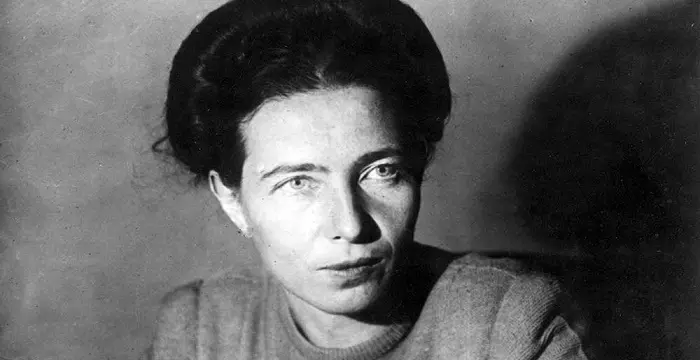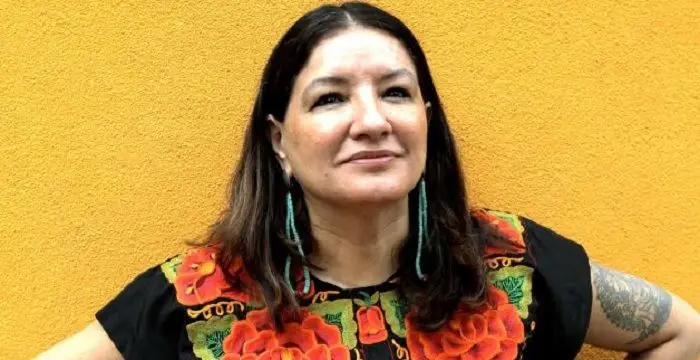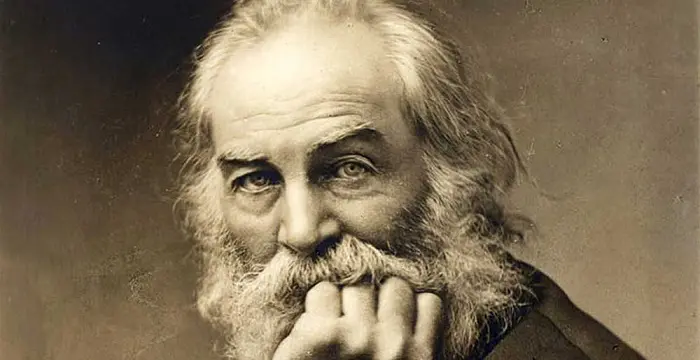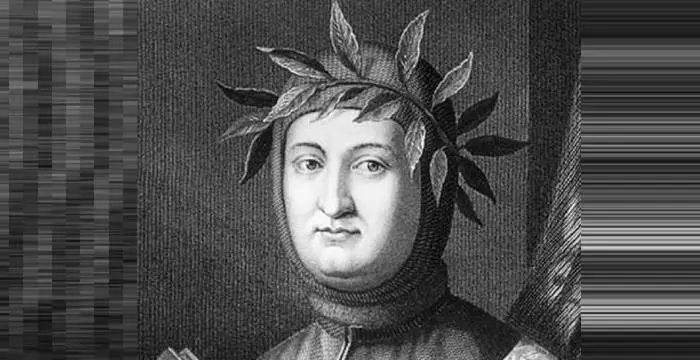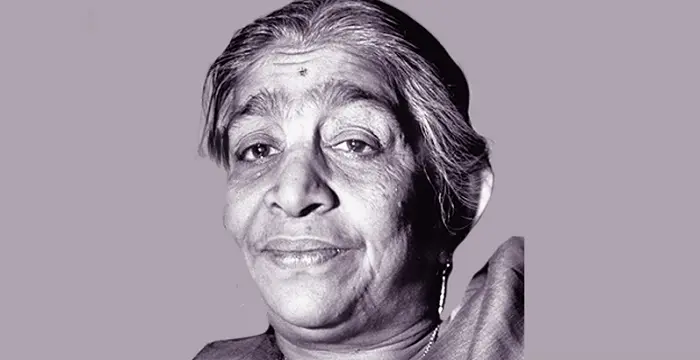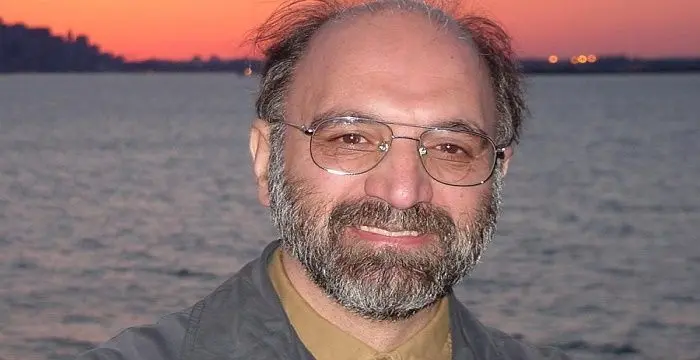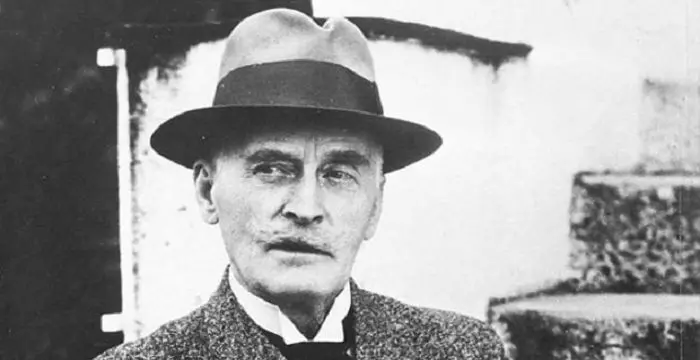
Knut Hamsun - Nobel Laureates In Literature, Timeline and Facts
Knut Hamsun's Personal Details
Knut Hamsun was a Norwegian writer, poet, dramatist, and social critic
| Information | Detail |
|---|---|
| Birthday | August 4, 1859 |
| Died on | February 19, 1952 |
| Nationality | Norwegian |
| Famous | Nobel Laureates In Literature, Writers, Poets, Novelists, Essayists |
| Spouses | Bergliot Bassøe-Bech, Marie Hamsun |
| Known as | Knud Pedersen |
| Childrens | Arild Hamsun, Cecilia Hamsun, Tore Hamsun, Ursula Pistor, Victoria Hamsun |
| Birth Place | Lom |
| Gender | Male |
| Father | Peder Pedersen |
| Mother | Tora Olsdatter |
| Sun Sign | Leo |
| Born in | Lom |
| Famous as | Writer |
| Died at Age | 92 |
// Famous Nobel Laureates In Literature
Seamus Heaney
Nobel Laureate Seamus Heaney was an Irish poet, playwright and translator. Know about his profile, childhood, life and timeline in the biography below.
Jean-Paul Sartre
Jean-Paul Sartre was a great existentialist philosopher of the 20th century. Check out this biography to know about his childhood, family life, achievements and other facts related to his life.
Pablo Neruda
Pablo Neruda was a Chilean poet, politician and Nobel laureate. Go through this biography to learn more about his profile, childhood, life and timeline.
Knut Hamsun's photo
Who is Knut Hamsun?
Knut Hamsun (born Knud Pedersen) was a Norwegian writer, poet, dramatist, and social critic. Considered by some as the father of modern literature, his works spanned over 70 years in a myriad of subjects, environments, and perspectives. During his career, he published 20 novels, short stories, essays, a travelogue, and a collection of poems. His works have led to many attributing to him the status of “the leader of the Neo-Romantic revolt at the turn of the 20th century”. Many of his greatest novels, ‘Hunger’, ‘Mysteries’, ‘Pan’, and ‘Victoria’ were published during his initial writing years. These novels dealt with aggressive characters who fight the system and are outsiders or alone. As his writing matured, so did the themes in his work and focussed on civilizations instead of individuals. His greatness is sometimes marred by his choice of politics. He was a conservative with anti-egalitarian views. He was a Nazi sympathizer and invited the wrath of many of his readers. Despite his political affiliations, many famous authors have cited him as a great author and have been influenced by his work. His fans included H.G.Wells, Franz Kafka, Henry Miller, Herman Hesse, Charles Bukowski, Isaac Bashevis Singer, Arthur Koestler, and Thomas Mann.
// Famous Essayists
Ruskin Bond
Ruskin Bond is an award winning Indian author of British descent. This biography of Ruskin Bond provides detailed information about his childhood, life, achievements, works & timeline.
Simone de Beauvoir
Simone de Beauvoir was an eminent French writer, intellectual, activist, and philosopher. This biography profiles her childhood, life, thoughts, achievements and timeline.
Sandra Cisneros
Sandra Cisneros is an American writer known for audaciously penning the realities and expectations from females in US and Mexico. This biography provides detailed information about her childhood, life, achievements, works & timeline
Childhood & Early Life
Knut Hamsun was born on August 4, 1859, to Peder Pedersen and Tora Olsdatter, in Gudbrandsdalen, Norway. He was the fourth of seven children in this poverty-ridden family.
At the age of nine, he was sent to live with his uncle Hans Olsen. Hans abused his nephew by beating and starving him at times. This led to chronic nervous difficulties later in his life.
He escaped to Lom in 1874 and found odd jobs such as a shoemaker's apprentice, road worker, stonemason, peddler, store clerk, junior-level teacher, tram driver, and an assistant sheriff. During his initial struggle to become a writer, he continued to do odd jobs for 14 years in Norway and America to sustain himself.
Career
His literary pursuit began at the age of 17 when he was a rope maker’s apprentice. A significant amount of financial assistance was provided by tradesman and island owner Erasmus Zahl. Hamsun would later use Zahl as the model for the character “Mack” who appears in his novels.
The many odd jobs he did were the subject of his first novel, ‘Den Gaadefulde: En Kjærlighedshistorie fra Nordland’ (The Enigmatic Man: A Love Story from Northern Norway), published in 1877.
His second novel, Bjørger (1878) was a melodramatic love story published under the pseudonym Knud Pedersen Hamsund. In this, he tried to emulate an Icelandic narrative influenced by the writing style of Bjørnstjerne Bjørnson.
His travels in America were the basis of his publication, ‘Fra det moderne Amerikas Aandsliv’ (The Intellectual Life of Modern America), published in (1889).
He received critical acclaim with the novel ‘Hunger’ published in 1890. The novel was an account of his experiences as a starving writer. The mixture of emotions, seen through the protagonist’s eyes, gave a glimpse into the physical and mental state of his reality.
He used the theme of a wanderer who immerses himself and becomes one with the rural community he encounters in many of his novels. These include: ‘Mysteries’, ‘Pan’, ‘Under the Autumn Star’, ‘The Last Joy’, ‘Vagabonds’, and ‘Rosa’ among others.
His prose saw gregarious depictions and descriptions of Norwegian woodlands and coastline. He used this pantheistic view of man being one with nature in a mystical way in his monumental piece, ‘Growth of the Soil’, in 1917.
His political views also played a part in his writings. He was racially conscious as is depicted in ‘Fra det moderne Amerikas Aandsliv’. His advocacy of Germany during the First and Second World War led to many controversies.
He wrote many articles during the war, siding with the Germans and Hitler. During a meeting with Hitler, he requested the release of imprisoned Norwegian citizens, which angered Hitler. He also complained about the administrative activities of Josef Terboven, which further fuelled Hitler’s ire.
After Hitler’s death in 1945, Hamsun published a eulogy describing him as a “warrior for humankind” and “reformer”. This did not go down well with many and his books were burned in major cities. As a result, he was confined to a psychiatric facility for several months. This also affected the reception of his later works.
His last book, ‘Paa giengrodde Stier’ (On Overgrown Paths) was published in 1949. It was written in order to prove that he was mentally stable and is part fiction and part memoir.
Major Works
The earlier period of Knut Hamsun’s writings consisted of aggrieved, vagabond characters who oppose societal norms. This led to some great novels such as ‘Hunger’ (1890), ‘Mysteries’ (1892), ‘Pan’ (1894), and ‘Victoria’ (1898).
His middle period focussed on youth and their losses. This theme is explored in novels like ‘Under the Autumn Star’ (1906), ‘Benoni’ (1908), and ‘A Wanderer Plays on Muted Strings’ (1909).
His later works were a criticism of civilization with writings such as ‘The Road Leads On’ (1933) and ‘The Ring is Closed’ (1936).
’Markens Grøde’ (1917), his Nobel Prize winning work, is the story of a man who works in harmony with nature and creates a farm out of wilderness.
Awards & Achievements
For his 1917 novel, ‘Markens Grøde or ‘Growth of the Soil’, he was awarded the Nobel Prize in Literature, in 1920. It was based on Norwegian New Realism, a genre he experimented with in his later works.
Personal Life & Legacy
Knut Hamsun was married to Bergljot Göpfert (née Bech) from 1898 to 1906. He sired a daughter, Victoria, during this time.
He then married writer and actress, Marie Andersen, in 1909. They had four children Tore, Arild, Elinor, and Cecilia.
During World War II, he suffered two intracranial haemorrhages. By the age of 80, he was almost deaf.
He passed away on February 19, 1952, at the ripe old age of 92. His ashes were buried on his farm in Nørholm, Norway.
Trivia
The life and times of Knut Hamsun were made into a biopic, ‘Hamsun’, in 1996. It starred Max Von Sydow as Hamsun and was directed by Jan Troell.
Over 25 of his works have been adapted to the screen. These include film and television mini-series adaptions such as ‘Sult’ (1966), ‘Mysteries’ (1978), ‘Landstrykere (Wayfarers)’ (1990), and ‘The Telegraphist’ (1993).
His novel, ‘Pan’ was adapted four times between 1922 and 1995. The latest film was a Danish production and was directed by Henning Carlsen.
// Famous Writers
Joyce Meyer
Joyce Meyer is a Christian author and speaker. This biography provides detailed information about her childhood, life, achievements, works & timeline
Temple Grandin
Temple Grandin is a well-known American writer, autistic activist and animal expert. This biography profiles her childhood, life, achievements, career and timeline
Tennessee Williams
Tennessee Williams was one of the greatest playwrights of the 20th century. This biography of Tennessee Williams provides detailed information about his childhood, life, achievements, works and timeline.
Knut Hamsun's awards
| Year | Name | Award |
|---|---|---|
Other | ||
| 0 | Nobel Prize in Literature | |
Knut Hamsun biography timelines
- // 4th Aug 1859Knut Hamsun was born on August 4, 1859, to Peder Pedersen and Tora Olsdatter, in Gudbrandsdalen, Norway. He was the fourth of seven children in this poverty-ridden family.
- // 1874He escaped to Lom in 1874 and found odd jobs such as a shoemaker's apprentice, road worker, stonemason, peddler, store clerk, junior-level teacher, tram driver, and an assistant sheriff. During his initial struggle to become a writer, he continued to do odd jobs for 14 years in Norway and America to sustain himself.
- // 1877The many odd jobs he did were the subject of his first novel, ‘Den Gaadefulde: En Kjærlighedshistorie fra Nordland’ (The Enigmatic Man: A Love Story from Northern Norway), published in 1877.
- // 1878His second novel, Bjørger (1878) was a melodramatic love story published under the pseudonym Knud Pedersen Hamsund. In this, he tried to emulate an Icelandic narrative influenced by the writing style of Bjørnstjerne Bjørnson.
- // 1889His travels in America were the basis of his publication, ‘Fra det moderne Amerikas Aandsliv’ (The Intellectual Life of Modern America), published in (1889).
- // 1890He received critical acclaim with the novel ‘Hunger’ published in 1890. The novel was an account of his experiences as a starving writer. The mixture of emotions, seen through the protagonist’s eyes, gave a glimpse into the physical and mental state of his reality.
- // 1898 To 1906Knut Hamsun was married to Bergljot Göpfert (née Bech) from 1898 to 1906. He sired a daughter, Victoria, during this time.
- // 1909He then married writer and actress, Marie Andersen, in 1909. They had four children Tore, Arild, Elinor, and Cecilia.
- // 1917His prose saw gregarious depictions and descriptions of Norwegian woodlands and coastline. He used this pantheistic view of man being one with nature in a mystical way in his monumental piece, ‘Growth of the Soil’, in 1917.
- // 1917’Markens Grøde’ (1917), his Nobel Prize winning work, is the story of a man who works in harmony with nature and creates a farm out of wilderness.
- // 1917 To 1920For his 1917 novel, ‘Markens Grøde or ‘Growth of the Soil’, he was awarded the Nobel Prize in Literature, in 1920. It was based on Norwegian New Realism, a genre he experimented with in his later works.
- // 1933 To 1936His later works were a criticism of civilization with writings such as ‘The Road Leads On’ (1933) and ‘The Ring is Closed’ (1936).
- // 1945After Hitler’s death in 1945, Hamsun published a eulogy describing him as a “warrior for humankind” and “reformer”. This did not go down well with many and his books were burned in major cities. As a result, he was confined to a psychiatric facility for several months. This also affected the reception of his later works.
- // 1949His last book, ‘Paa giengrodde Stier’ (On Overgrown Paths) was published in 1949. It was written in order to prove that he was mentally stable and is part fiction and part memoir.
- // 19th Feb 1952He passed away on February 19, 1952, at the ripe old age of 92. His ashes were buried on his farm in Nørholm, Norway.
// Famous Poets
Charles Bukowski
Charles Bukowski was a German-born American novelist, short story writer and poet. With this biography, learn in details about his childhood, life, works, career and timeline
Seamus Heaney
Nobel Laureate Seamus Heaney was an Irish poet, playwright and translator. Know about his profile, childhood, life and timeline in the biography below.
Walt Whitman
Walt Whitman was an American poet, journalist and humanist. Read this brief biography to find more on his life & timeline.
Francesco Petrarch
Fêted as the “Father of Humanism”, Francesco Petrarch is one of the most influential literary figures the world has ever had. Explore this biography to know about his childhood, life and timeline.
Sarojini Naidu
Sarojini Naidu was an Indian freedom fighter and poet. Read this brief biography to find more on her life.
Abdolkarim Soroush
Abdolkarim Soroush is a reformer, thinker, and Rumi scholar belonging to Iran. Soroush is also a prominent figure in Iran’s religious movement. This biography provides detailed information about her childhood, life, achievements, works & timeline.
Knut Hamsun's FAQ
What is Knut Hamsun birthday?
Knut Hamsun was born at 1859-08-04
When was Knut Hamsun died?
Knut Hamsun was died at 1952-02-19
Where was Knut Hamsun died?
Knut Hamsun was died in Grimstad
Which age was Knut Hamsun died?
Knut Hamsun was died at age 92
Where is Knut Hamsun's birth place?
Knut Hamsun was born in Lom
What is Knut Hamsun nationalities?
Knut Hamsun's nationalities is Norwegian
Who is Knut Hamsun spouses?
Knut Hamsun's spouses is Bergliot Bassøe-Bech, Marie Hamsun
Who is Knut Hamsun childrens?
Knut Hamsun's childrens is Arild Hamsun, Cecilia Hamsun, Tore Hamsun, Ursula Pistor, Victoria Hamsun
Who is Knut Hamsun's father?
Knut Hamsun's father is Peder Pedersen
Who is Knut Hamsun's mother?
Knut Hamsun's mother is Tora Olsdatter
What is Knut Hamsun's sun sign?
Knut Hamsun is Leo
How famous is Knut Hamsun?
Knut Hamsun is famouse as Writer
